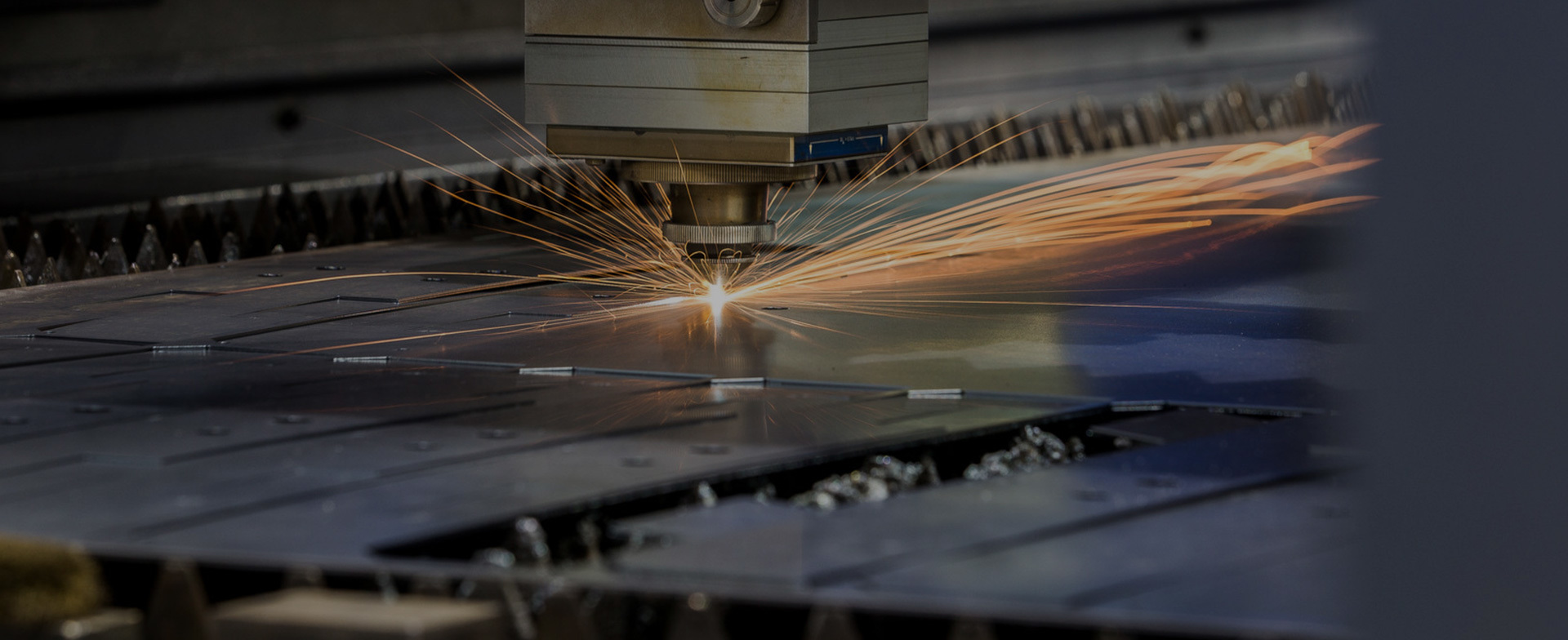Other shapes of ceramic fiber heating modules
Category:
Ceramic Fiber Module
- Description
-
1. Product Introduction
Ceramic fiber heating module is a new type of refractory product with integrated heating and insulation functions. It uses lightweight high-temperature resistant ceramic fiber (density 300-400kg/m³) as the core substrate. Through the vacuum suction filtration molding process, the resistance wire is embedded inside to achieve the integrated design of heating elements and insulation layers.
It is a new type of refractory lining product launched to simplify and speed up kiln construction and improve the integrity of the lining. It is white in color and regular in size. It can be directly fixed on the anchor nails of the steel plate of the industrial kiln shell. It has good refractory and heat insulation effects and improves the integrity of the kiln refractory and heat insulation. The temperature is 1050-1300℃.
2. Structural and technical advantages
1. Structural design-
Embedded resistance wire: The resistance wire is embedded in the groove of the fiberboard through the wire threading process of the electric furnace plate carving groove to avoid high temperature deformation, extend the life of the resistance wire, and eliminate the risk of short circuit (insulation value ≥5MΩ).
-
Modular installation: Direct installation according to customized size, construction efficiency increased by 50%, and the furnace lining has strong integrity.
-
Good composite use effect: the surface can be combined with high-purity alumina fiber blanket (temperature resistant to 1400℃) and the inner layer of aluminum silicate fiber module to prevent cracking and ensure uniform furnace temperature field.
2. Technical advantages-
Fast heating: shorten the operation cycle and increase the temperature efficiency.
-
High safety: The resistance wire is fully wrapped, suitable for complex atmospheres such as reducing gas (CO, H₂) and vacuum.
-
Flexible customization: supports the production of plate-shaped, cylindrical and special-shaped parts, and matches pit-type furnaces, bell-type furnaces, box-type furnaces and other furnace types.
3. Specificationsparameter
index
Maximum operating temperature
1300℃
density
300-400kg/m³
Heating power
10-20kW/m2
Thickness range
Plate-shaped 30-100mm; special-shaped 25-50mm
Insulation properties
≥5MΩ (normal temperature, 500V test)
Chemical composition
98% AI2O3+SiO2
Embedment method
Embedded, external
Shape customization
Plate, cylinder, semi-cylinder, other special-shaped parts
IV. Applicable Scenarios and Industries
1. Typical Applications-
Industrial heat treatment: metal annealing furnace, carburizing furnace, CVD furnace, glass heat treatment furnace
-
High-end manufacturing: semiconductor diffusion furnace, electronic component sintering furnace, oil pipeline heating
-
Environmental protection field: garbage incinerator, RTO regenerative incinerator
-
Scientific research experiments: laboratory high-temperature electric furnace, powder metallurgy sintering equipment
2. Applicable industries
✔ Mechanical manufacturing ✔ Metallurgy and casting ✔ Petrochemical ✔ Ceramic glass ✔ Semiconductor and photovoltaic ✔ New energy materials
5. Comparison with traditional solution structureComparison Items
Ceramic fiber module
Traditional ceramic corundum tube
structure
Resistance wire embedded, integrated design
External threading, additional support required
Security
Low short circuit risk
Short circuit due to tube breakage
life
Extended by more than 30%
High temperature easily deforms, and requires frequent replacement
Construction efficiency
Modular installation saves 50% of work hours
Threading is complicated and time-consuming
VI. Precautions
1. Temperature control: The thermocouple needs to be installed close to the heater to avoid overheating.
2. Atmosphere restrictions: It is recommended to reduce the temperature by 10%-15% in a reducing gas (CO, H₂) environment.
3. Carbon deposition protection: Regular cleaning is required in a hydrocarbon atmosphere. -
Enquire Now
If you are interested in our products, please leave your email and we will contact you as soon as possible, thank you!









